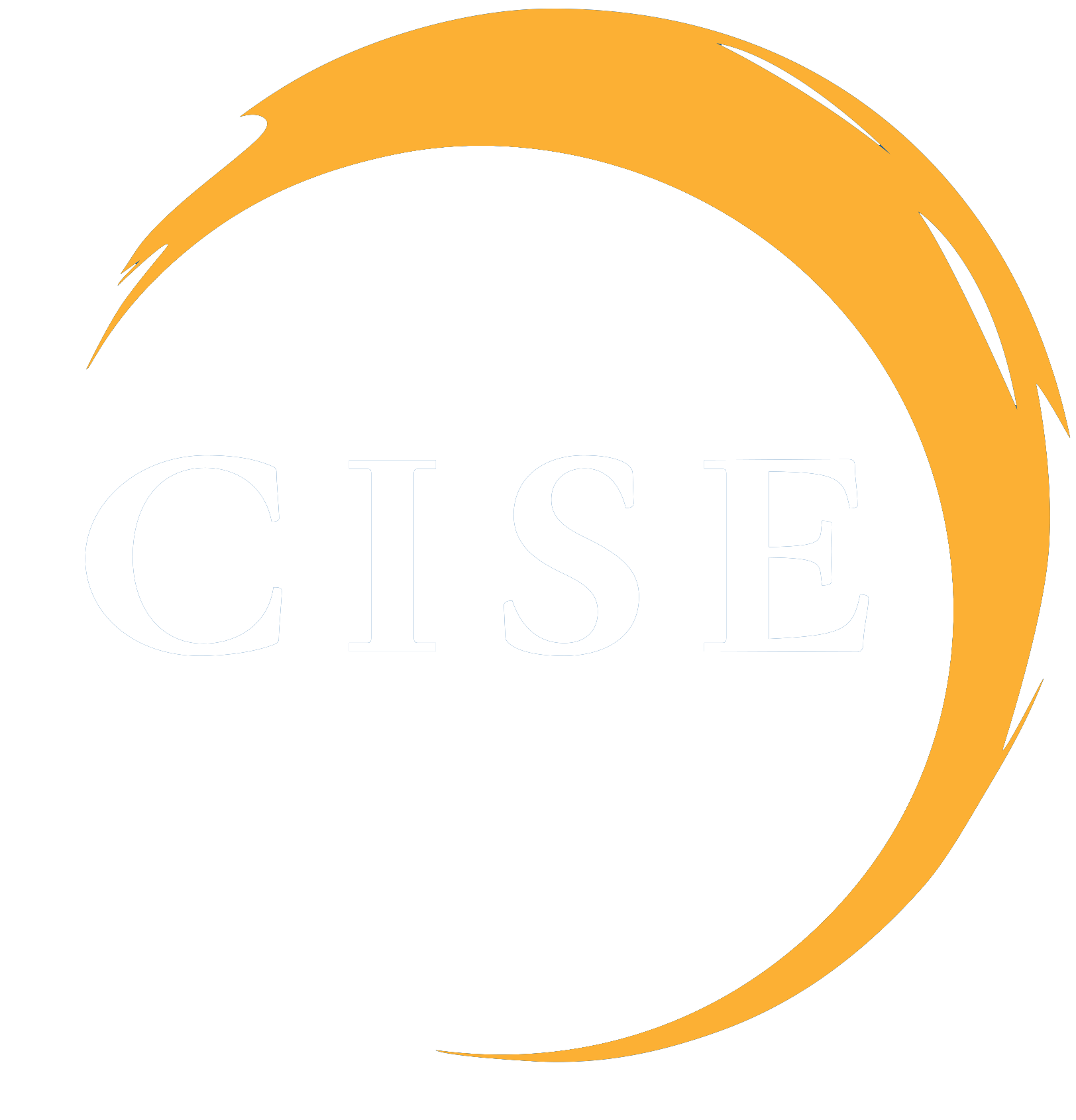Enrollment and student achievement are rising, thanks in part to parents.
The Nation’s Report Card is out, and it is dismal. The 2022 National Assessment of Educational Progress, released Monday found that achievement in reading and math among fourth- and eighth-graders has dropped since 2019 in nearly every state.
To the extent that anyone could deny it before, the results settle the debate: America’s response to the pandemic set a generation of students back. But amid the bad news, Catholic schools were a bright spot, reflecting how these schools are making a difference in students’ lives.
From the beginning of the pandemic, American Catholic schools have shown how community focused, mission-driven leadership can benefit children. In March 2020, Catholic schools were among the first to close as Covid hit. In the fall of 2020, after we had learned more about curbing superspreader events and as it became clear that children were the least vulnerable to the virus, more than 92% of Catholic schoolsacross the country re-opened for in-person learning, compared with 43% of traditional public schools and 34% of charters.
This week’s NAEP data show how important reopening was for learning. Today, the divergence between Catholic schools and public ones is so great that if all U.S. Catholic schools were a state, their 1.6 million students would rank first in the nation across the NAEP reading and math tests for fourth and eighth graders.
Catholic-school students now boast the nation’s highest scale scores on all four NAEP tests. The average score among fourth-graders in Catholic schools was 233, 17 points higher than the national public-school average, or about 1½ grade levels ahead. In eighth-grade reading, the average score for Catholic school students was 279, 20 points higher than the national public-school average, or about two grade levels ahead.
When disaggregated by race, Catholic schools showed significant gains since 2019. In particular, achievement among black students enrolled in Catholic schools increased by 10 points (about an extra year’s worth of learning), while black students in public schools lost 5 points and black students in charter schools lost 8 points. Similarly, on the eighth-grade reading test, Hispanic students in Catholic schools gained 7 points while Hispanic students in public schools lost 1 point and Hispanic students in charter schools lost 2 points.
Catholic schools lead the nation for Hispanic achievement on each of the four tests, and lead the nation in black student achievement on three of the four. They also rank first in eighth-grade reading and third in both fourth-grade reading and fourth-grade math for students who qualify for free and reduced-price lunch.
The report is good news for what has been until now a weary sector. The pandemic strained Catholic schools, particularly urban ones that serve the neediest, but pastors, principals and diocesan leaders pressed forward to serve communities. That revitalization was spurred by parents who saw how Catholic schools responded to the pandemic and who drove the first nationwide Catholic-school enrollment increase in two decades.
As public-school enrollment plummeted, Catholic-school enrollment rose by about 4% between 2020-21 and 2021-22, increasing in every region of the country, even where the overall population of school-age children declined.
Those trying to undercut the Catholic-school success story dismiss the results as merely the high performance of elite private schools. But K-8 Catholic schools are the only private elementary schools in America that serve the urban poor at scale. The average annual tuition for a K-8 Catholic school is $5,300—about one-third what states spend per child on public schools.
At Partnership Schools, we serve under-resourced communities in 11 Catholic schools. Enrollment surged over the past two years, growing by 40% in our Cleveland schools and 18% in our New York City ones. In New York, our share of low-income students grew from 65% to 79% since 2020. In Cleveland, almost all our students are low-income, and the average annual income of their families is $18,000.
While many political leaders called the learning losses inevitable, the performance of Catholic schools in this difficult time shows that they weren’t. During the pandemic, we didn’t lower our standards or accept falling enrollment as inevitable. What we needed then and need now is to empower all parents to choose the best school for their children, and to have leaders who set the bar high and insist we reach it for all our kids.
By Kathleen Porter-Magee
Oct. 27, 2022
Wall Street Journal | Opinion
Ms. Porter-Magee is superintendent of Partnership Schools, a management organization that runs 11 Catholic schools in New York City and Cleveland, and an adjunct fellow at the Manhattan Institute.
